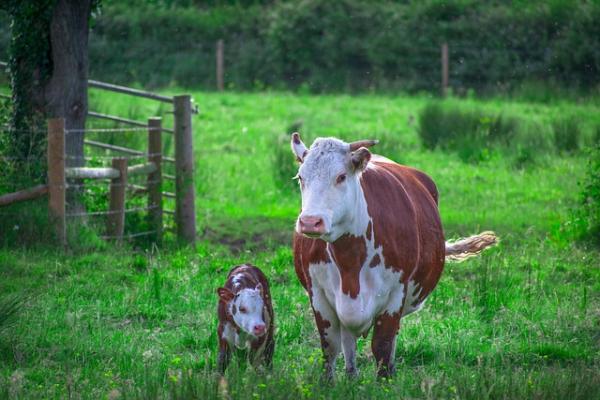We exhibited proposed changes to standards for farm buildings, sheds and earthworks on rural land from 15 May to 14 June 2024.
We are considering feedback from the exhibition, which will inform the final changes.
We proposed changes to align the Rural Housing Code with the Inland Code. Aligning the 2 codes would make it easier for landowners and councils to understand the development standards and environmental requirements that apply for farm buildings, sheds and excavation on rural land.
The proposed changes are outlined in detail in an explanation of intended effect.
In drafting these changes, we sought feedback from councils affected by the Rural Housing Code. Feedback from the councils has been considered in developing the proposed amendments.
Exhibition documents
Summary of proposed changes
Farm building sizes
Farm building sizes
We proposed to introduce development standards for the maximum footprint of each farm building and the total footprint of all farm buildings (excluding grain bunkers) permitted under the Rural Housing Code, to ensure an appropriate scale of development commensurate with landholding area.
We proposed to apply these same development standards to the Inland Code, resulting in a minor increase in the maximum footprint for each farm building and in the total footprint of all farm buildings (excluding grain bunkers) permitted as complying development under that code.
Shed sizes
Shed sizes
We proposed to introduce maximum shed sizes on rural properties zoned R5 Large Lot Residential as complying development under the Rural Housing Code. This includes size limits that currently apply in the Inland Code for lots under 900m2 and new controls for larger lots. Currently only limited locations have specific complying development controls.
We also proposed to increase the maximum shed sizes allowed on larger R5 zoned properties over 900m2, that are subject to the Inland Code. These are the same provisions that would be introduced to the Rural Housing Code.
Updating maximum shed sizes permitted as complying development on rural properties will ensure sheds are fit-for-purpose, while preserving the surrounding landscape and visual appeal.
Excavation requirements
Excavation requirements
We proposed changes to complying development standards for excavation in the Rural Housing Code to align with the Inland Code:
- The proportion of a site that can be filled to a height of over 150mm will be reduced from 50% to 25%.
- Fill must be virgin extracted natural material (VENM).
- A geotechnical report will be required for excavations greater than 1m.
- Excavation will be restricted in class 3, 4 and 5 acid sulfate soil areas.
Aligning the provisions for excavation will help to protect the local landscape and drainage systems in communities and will help to ensure complying development does not cause traffic and road safety impacts
Class 2 acid sulfate soil areas
Class 2 acid sulfate soil areas
We proposed to allow complying development on Class 2 acid sulfate soil areas in certain circumstances. This would require a Preliminary Soil Assessment to be carried out by a suitably qualified expert, who can certify that an acid sulfate soil management plan is not required and there would be no or low impact. This would be introduced to the following codes:
- Part 3 Housing Code
- Part 3A Rural Housing Code
- Part 3B Low Rise Housing Diversity Code
- Part 3C Greenfield Housing Code
- Part 3D Inland Code
- Part 9 Agritourism and Farm Stay Accommodation Code.
